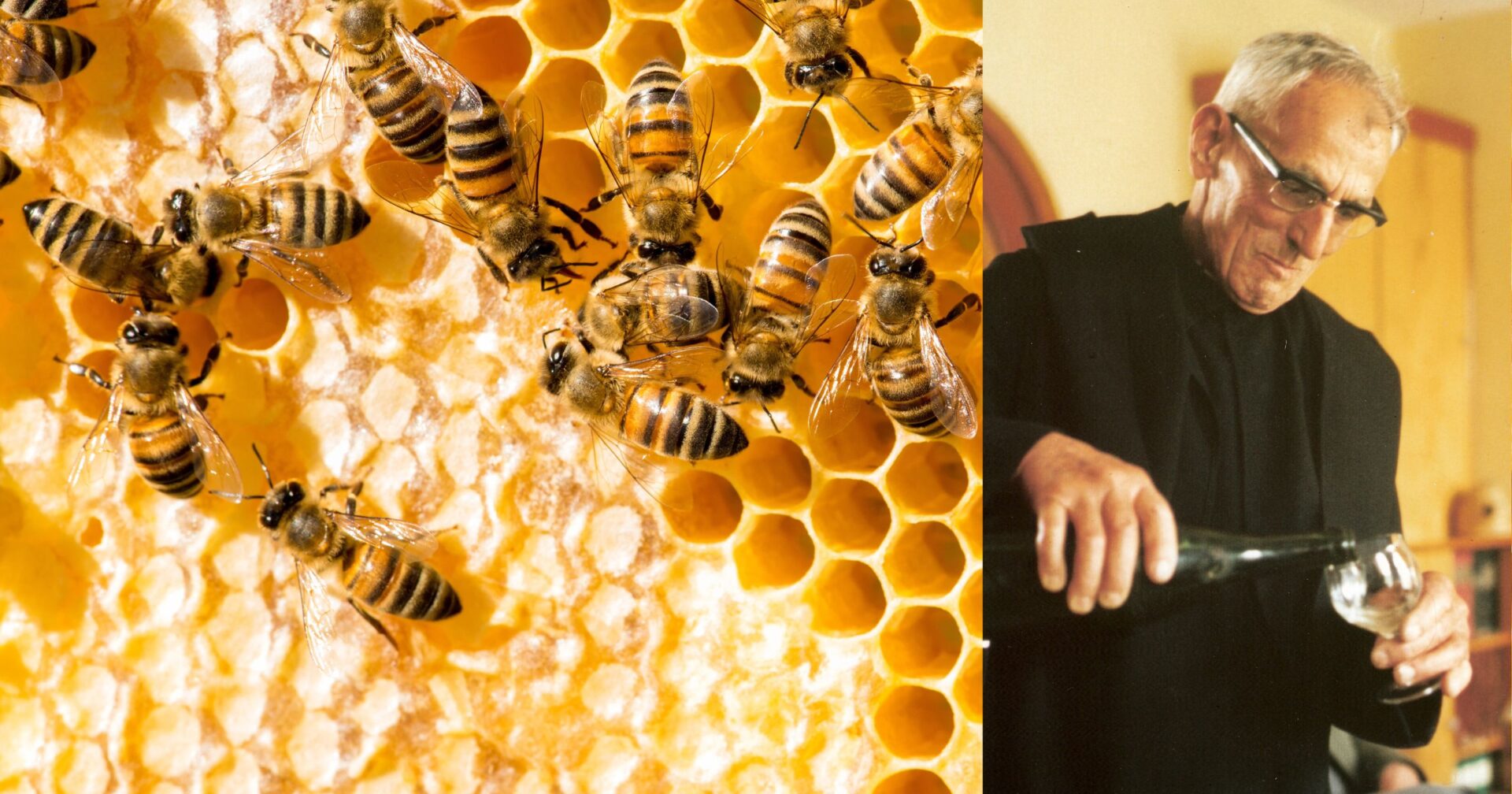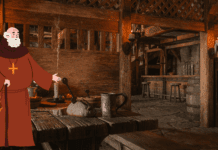When disease was decimating bee populations in the British Isles at the turn of the 20th century, it was a Benedictine monk who saved them from extinction.
In 1913, parasitic mites from the Isle of Wight began destroying the bee population on the British Isles, killing off thousands of colonies. By 1916, it reached Buckfast Abbey, a Benedictine monastery in Devon, England.
Karl Adam Kehrle, known as Brother Adam, had taken up the duties of beekeeper at the abbey in 1915, a year before the the devastating mites reached their apiary. When the mites did infect the bees there, it killed nearly two thirds of the colonies and left the others hobbled.
He noticed that the only surviving colonies were descendants of the Italian Ligurian strain, while the bees native to England were made completely extinct. He journeyed to Turkey to find a suitable replacement for the native bee, and brought back a queen named B-1 that “embodied all the desirable qualities of the Ligurian and former Native in an ideal combination.”
When he came back, he bred the Ligurian strain and his new replacement for the now-extinct native strain and created the Buckfast bee, a honeybee resistant to the parasitic mites that would save his colonies and all others on the British Isles.
From then on, beekeepers would first breed all new subspecies and strains with the Buckfast bee to instill disease resistance in them. After breeding the first Buckfast bee, Brother Adam made many long journeys in Europe, Africa, and the Middle East to search for desirable characteristics within local strains of bees. He would bring them back to breed with and further refine the Buckfast bee.
After 70 years of apiarian work, Brother Adam succeeded in developing one of the most popular bee strains used today, known as the beekeepers’ bee: docile, disease resistant, and fertile, with a high production of honey.
His contributions to beekeeping cannot be understated: he received many awards from the International Bee Research Association of which he was elected a board member, and was appointed an Officer of the Order of the British Empire.
“He was unsurpassed as a breeder of bees. He talked to them, he stroked them. He brought to the hives a calmness that, according to those who saw him at work, the sensitive bees responded to.” – The Economist, 14 September 1996
Photo credit: Humboldt55 via Wikimedia commons | Diyana Dimitrova / Shutterstock.com


















Misguided if well intentioned and the article is not accurate. Now here in Ireland we have Buckfast crossed with native black bees which are aggressive and in the long term, may not have the fitness to deal with our climate as our native bees do